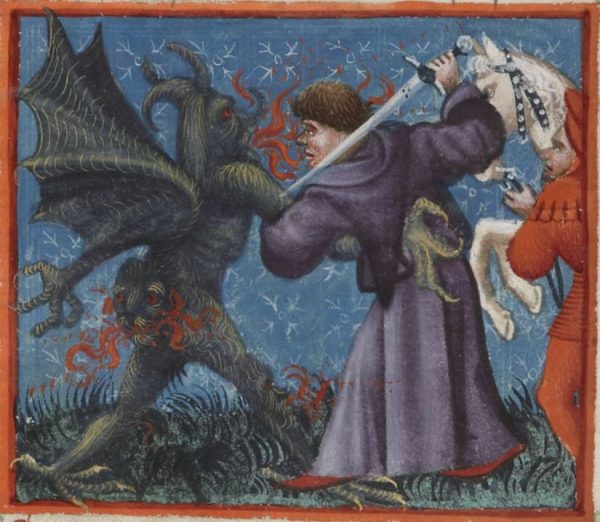Lincolnshire’s First Halloween by Jim Snee
 It is that time of year when people begin to remark about how Halloween has become commercialised and Americanised. But, as usual, I find myself wondering if that is entirely true. So I did a bit of digging (metaphorically, alas) and started to have a look at the origins of the festival(s) we celebrate at the beginning of winter.
It is that time of year when people begin to remark about how Halloween has become commercialised and Americanised. But, as usual, I find myself wondering if that is entirely true. So I did a bit of digging (metaphorically, alas) and started to have a look at the origins of the festival(s) we celebrate at the beginning of winter.
It is postulated, but without any hard evidence, that the festival marking the beginning of winter existed in prehistoric times. Victorian druids linked this to a Samhain, the “quarter day” between the autumn equinox and the winter solstice, and describe it as marked with bonfires, feasting, sacrifice, and all the other things that Victorian druids concerned themselves with.
However, this may be one case where the Christian tradition was established first and the pagan rites followed after. In the early church holidays such as Christmas and Easter were often preceded with a vigil the evening before, so it is likely that a vigil on the day before All Hallows’ Day on November 1st and All Souls Day on November 2nd was established early on. By the beginning of the 8th Century All Hallows’ Eve (from which the term Halloween is derived) was an official holiday.
But what of the traditions we associate with Halloween, where do they come from?
Interestingly they seem to have come from medieval Christianity and are the blend of several separate activities. Associated with All Souls Day was the idea that the spirits of the dead (particularly those in purgatory) would return to their families. Fires and lights were burned through the night to either keep them away or guide them home (traditions vary over short distances). Processions of black-clad mourners with candles could also be held, with solemn prayers sung for the recently dead.
Other traditions included processions of the saints for All Hallows Day and the giving of Soul Cakes (a small round cake marked with a cross) as alms to poor Soulers who went from door to door. As with many medieval religious ceremonies, they were often not as solemn nor serious as modern church proceedings. Drinking, Mumming (dances and plays) and Guising (going from house to house in disguise) all became part of festivities and as well as saints, people would dress up as devils or the restless dead. It is these medieval revels that actually represent the first Halloweens of Lincolnshire.
So why do we think of Halloween as modern, commercial and American?
To answer that we have to look to the Reformation. With the church reformed and a more austere protestant church established, the “debauchery” of medieval holidays was frowned upon. The number of holidays were drastically reduced (increasing the number of work days) and the activities of drinking and sharing food greatly curtailed. In some parts of the United Kingdom, however, the reformation was not an overwhelming success, and area with large Catholic populations such as Scotland and Ireland, the traditions of Halloween continued, in a similar way to Christmas, very much base on family and community.
In America, the early settlers were not so keen on holidays, with the possible exception of Thanksgiving, until the influx of Scots and Irish settlers in the 19th century. These settlers brought their traditions with them including Halloween, and by the beginning of the 20th Century Halloween was as American as apple pie (another thing introduced by British settlers). As America became commercialised in the 20th century, so did its festivals and holidays. At times this can seem a little vulgar to the reserved British eye, but at a community level, there is an integrity to the celebrations. People go to great effort to entertain the other members of the community, and it is not only sweets that are shared. Food and drink of all kinds are shared among adults in a way we would associate with New Year’s Eve, rather than Halloween. But it is the American way, not ours, as such.
The Halloweens of my childhood were good times, and whetting of the appetite for bonfire night (Remember the medieval bonfires? They’re still with us). Lanterns were carved from turnips, special food made (toffee and fudge were favourites), and masks were made. It was, like the best British traditions, all very understated and home-crafted. But it was fun, and I still try and make time to carve a turnip each year.
This year Halloween will have darker shadows hanging over it, but that shouldn’t stop us from celebrating. Maybe it will be, perforce, a more homemade and family focussed affair, but maybe that’s just a reminder that the basis of all our traditions are family and community.
